What the Box? The Promising Future of Corrugated Packaging
Written at Apr 23, 2024 10:02:55 AM by Justin O'Donnell
Did you know those cardboard boxes you receive in the mail aren't technically called "boxes" in the logistics and shipping industry? Manufacturers refer to them as corrugated packaging. Cardboard packaging is akin to the thick paper material used to encase a carton of milk; corrugating packaging is used to encase other items, like toys and online goods, many of which are also packaged in cardboard. Semantics aside, the use of both materials in the shipping and logistics industry continues to accelerate. E-commerce continues to grow alongside an increased focus on sustainability, supply chain optimization, and innovation. These trends are now driving a promising and evolutionary future for corrugated packaging.
Corrugated Packaging Key Aspects
Here are some key aspects that are likely to shape the future of this industry:
-
Sustainability: As global awareness and regulatory pressure regarding sustainability increase, the demand for eco-friendly packaging solutions like corrugated paper continues to rise. Corrugated containers are recyclable and can be made from recycled materials, making them highly appealing in efforts to reduce plastic waste and carbon footprints. In 2022, Amazon began to use a pioneering web-based PackOpt tool, which resulted in an annual reduction in cardboard waste of 7% to 10% in North America, saving roughly 60,000 tons of cardboard annually. According to the American Forest & Paper Association (AF&PA), old corrugated containers (OCC) are commonly known as cardboard and are one of the most recycled packaging materials in the United States. The recycling rate of OCC in the United States was 91.4 % in 2021, an increase from 88.8% in 2017.
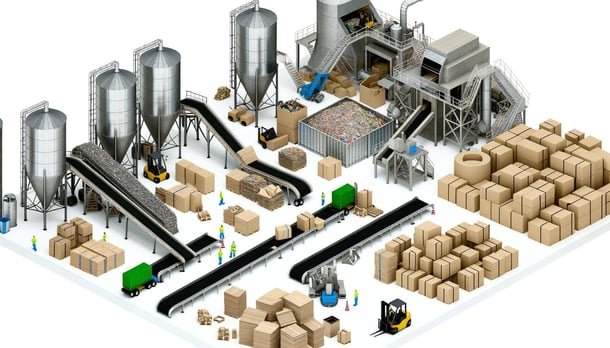
-
Innovation in Material Science: Advances in material science are enabling the development of stronger and more durable corrugated paper. This includes treatments and coatings that enhance moisture resistance and structural integrity, allowing corrugated containers to be used in a wider range of applications, including those traditionally dominated by plastics or other materials.
-
Customization and Digital Printing: Technological advancements in digital printing have made it easier and more cost-effective to customize corrugated containers. This allows for greater flexibility in packaging design and can be leveraged for branding purposes, making corrugated containers an attractive choice for businesses looking to stand out on the shelves.
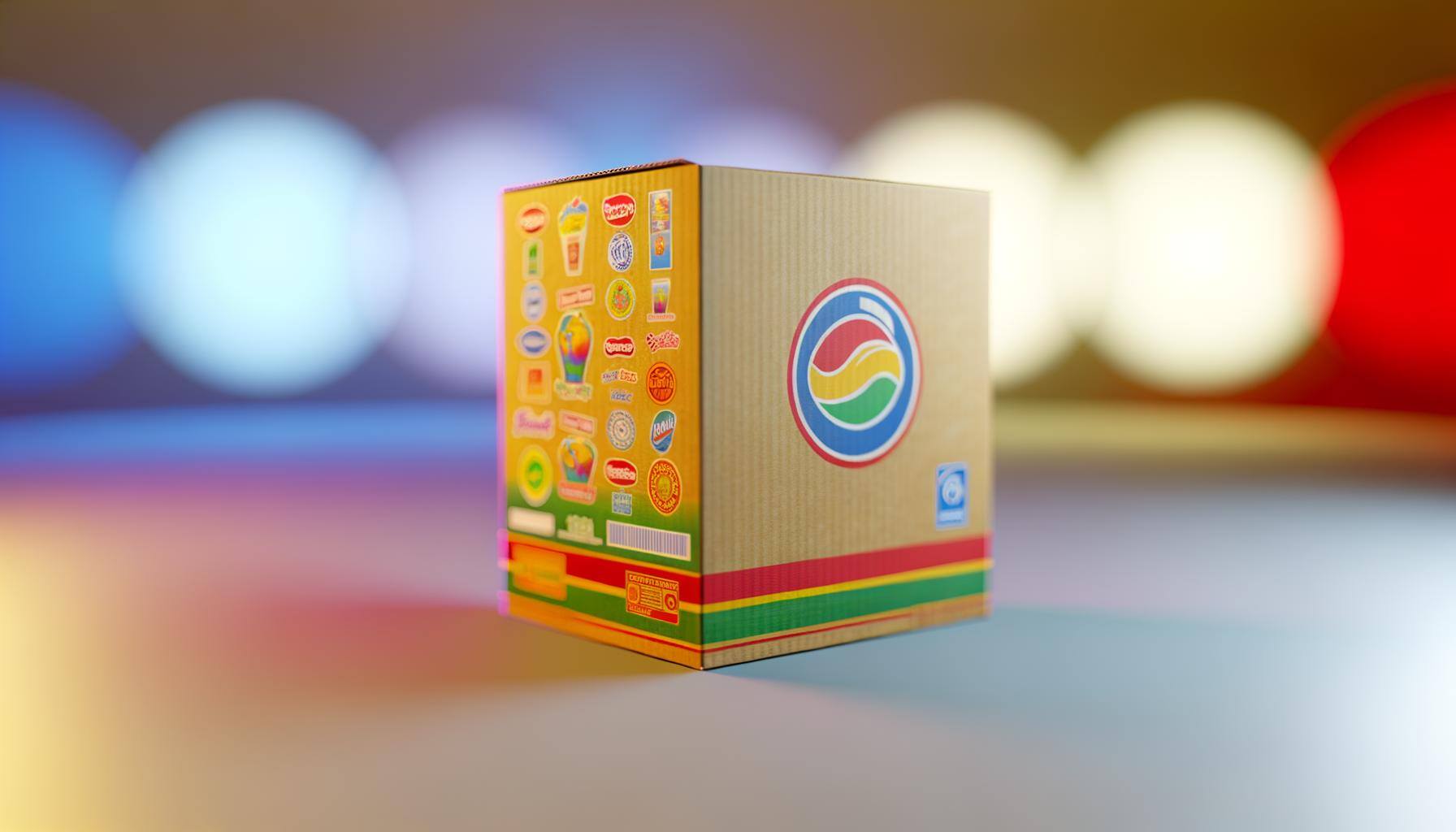
-
E-commerce Growth: The continued expansion of e-commerce is a significant driver for the corrugated container market. Online retail requires reliable and robust packaging to ensure products are delivered without damage, and corrugated paper is a popular choice due to its protective qualities and lightweight. According to Forbes, E-commerce sales are expected to grow 8.8% in 2024, the global e-commerce market is expected to total $6.3 trillion in 2024, and 91% of all mobile E-Commerce sales happen on a smartphone.
-
Smart Packaging: Incorporating technology into packaging, such as QR codes, RFID tags, and sensors, is a growing trend. Corrugated paper containers can be equipped with these technologies to provide enhanced functionalities like tracking, interactive consumer engagement, and monitoring of package conditions during transit.
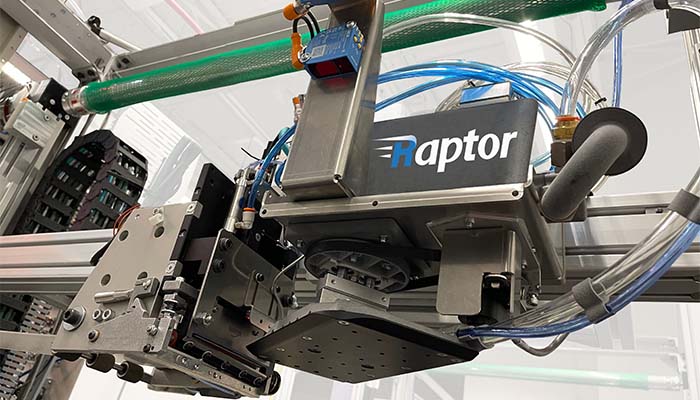
The Raptor associative labeling system automates tracking and labeling for corrugated containers 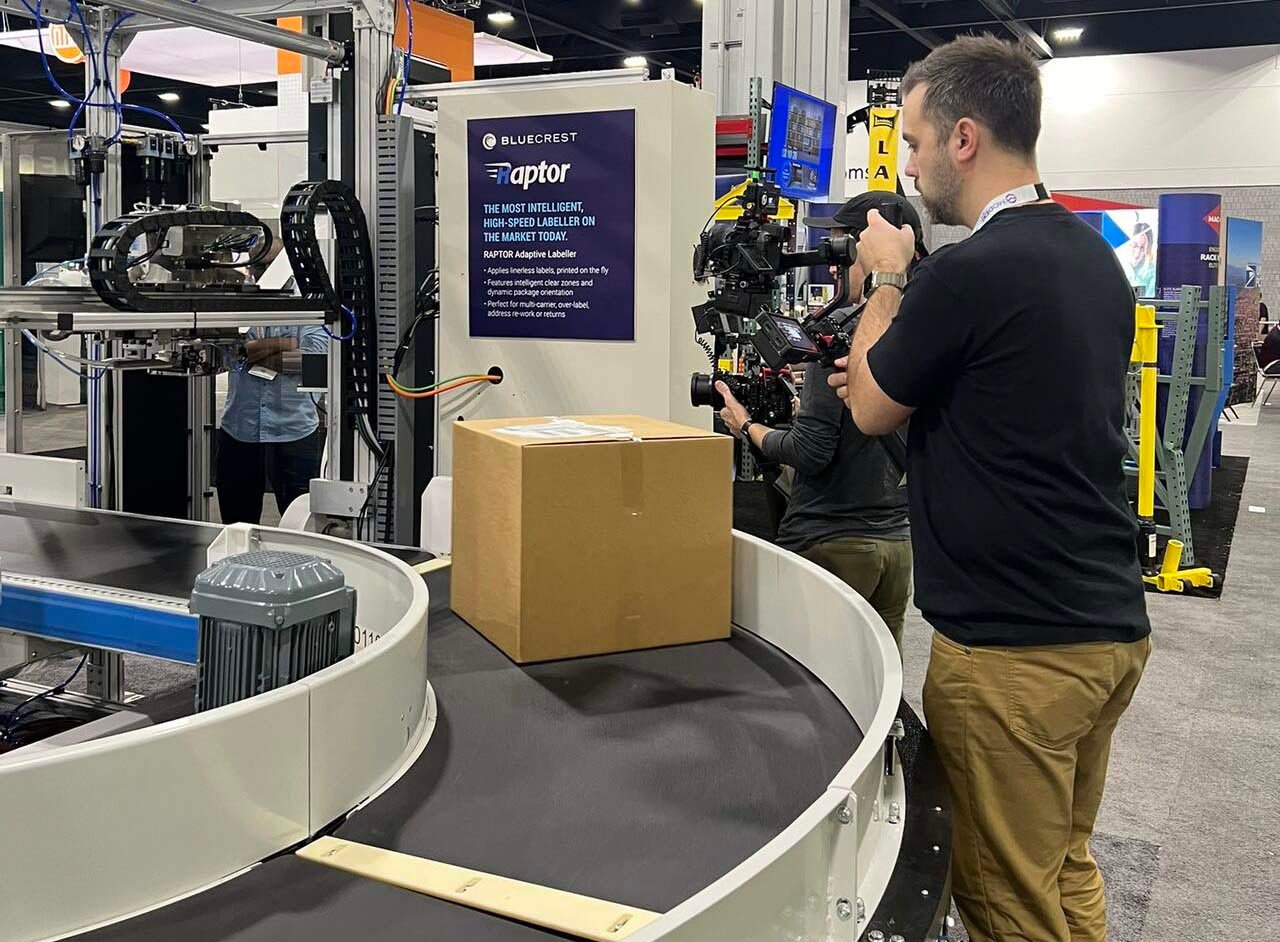
-
Supply Chain Optimization: Companies are continuously seeking ways to optimize their supply chains, and packaging plays a crucial role in this. Corrugated containers can be designed to optimize space in shipping and storage, reduce material use, and lower shipping costs.
-
Regulatory and Economic Influences: Changes in trade policies, environmental regulations, and economic conditions can significantly impact the market dynamics of corrugated paper containers. For example, stricter environmental regulations might boost the demand for corrugated containers, while economic downturns could pressure companies to seek more cost-effective packaging solutions. According to Mordon Intelligence, Strict forest laws against deforestation are restraining the market's growth due to the low availability of cellulose fibers. Also, according to Global Forest Watch (GFW), Tree cover loss has increased in the region from 1,966.71 thousand hectares in 2020 to 2,044 thousand hectares in 2021. These regulations could increase the overall cost of corrugated packages, thus affecting the price of shipping to consumers downstream. Trends like these can underscore the importance of parcel automation and logistics optimization.
Overall, the future of corrugated paper containers is shaped by the ongoing push toward sustainability, technological advancements, and changing consumer preferences. As these trends continue to evolve, corrugated paper containers are likely to see increased usage across various sectors, becoming even more integral to packaging strategies around the world.
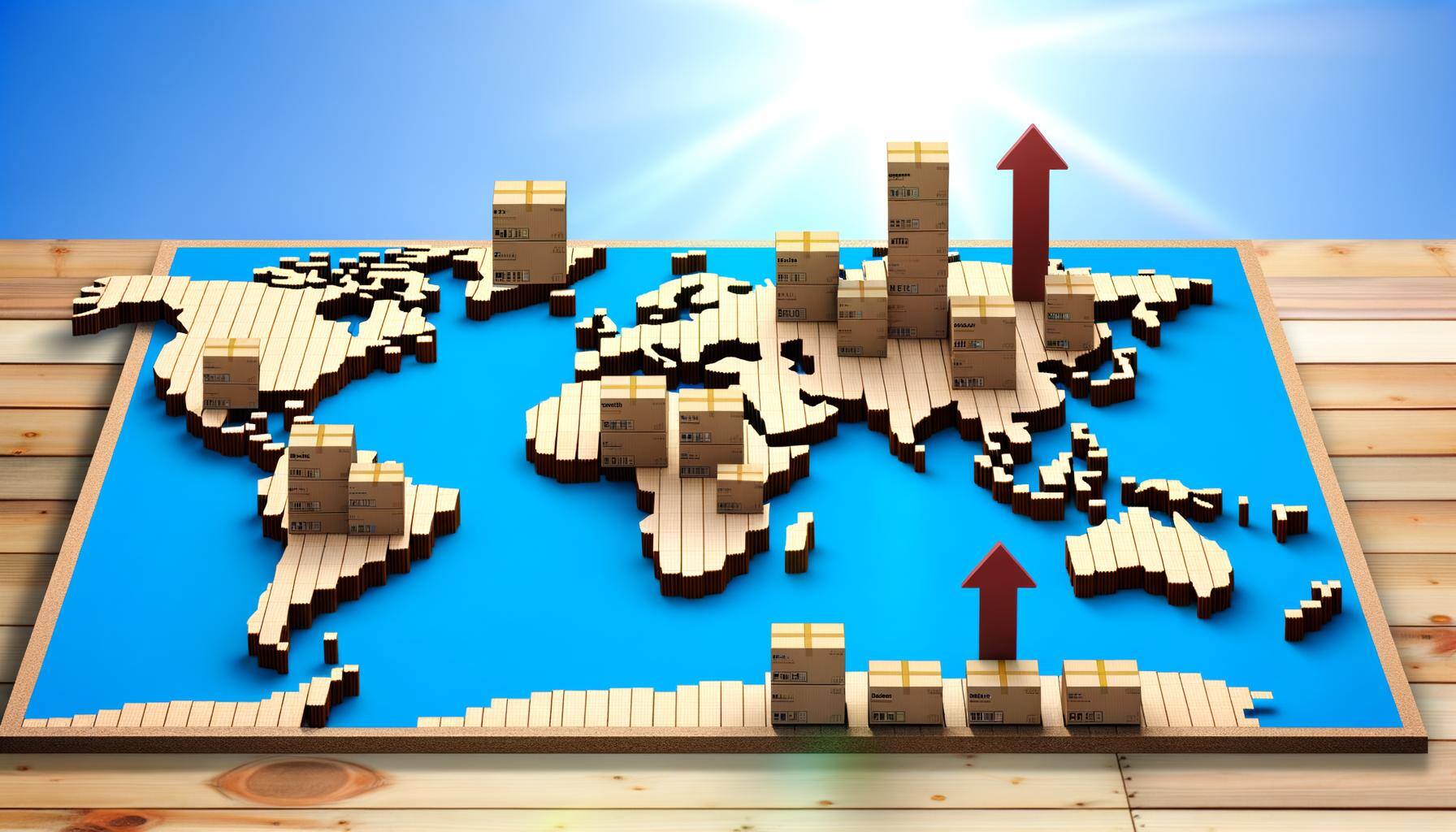
Justin O'Donnell
BlueCrest



0 comments